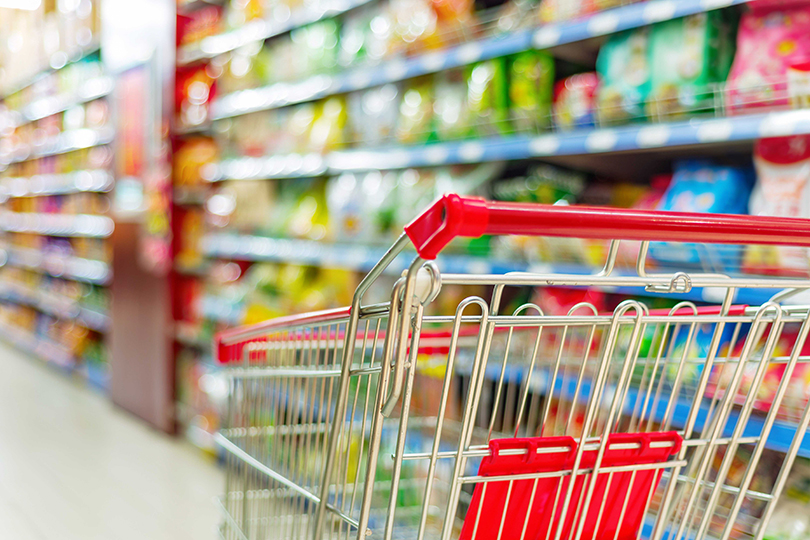Year-over-year consumer inflation in July was 8.5%, down from 9.1% in June, according to the Consumer Price Index released by the Bureau of Labor Statistics. The month-over-month inflation was zero percent, though that was largely the result of a 4.6% drop in energy prices. Inflation remains a concern, said American Farm Bureau Federation (AFBF) Chief Economist Roger Cryan.
“Food prices were almost 11% above last year and up over 1% just in the one month, and that will continue to be an issue as demand is high and will remain high, and farmers around the world are challenged by things like drought and high fuel and fertilizer prices, and, not to mention, the war in Ukraine,” Cryan said. “The Federal Reserve Bank pumped a lot of dollars into the economy in 2020-2021, and now the Fed is raising interest rates and selling assets to soak up some of those dollars. We’re going to see headline inflation in the 5% to 9% range well into 2024.”
Cryan noted the economy remains strong, but the market is weary.
“Job vacancies are a little bit lower than they were a couple months ago, but they’re still way above pre-2021 levels. There’s 10 million job vacancies in the in the U.S. economy right now,” he said. “That means there’s still a lot of demand in the economy. But we have a strong narrative in the market that says if the Fed raises rates, recession will happen, and that narrative is driving an overreaction and that overreaction could drive a continuing recession.”
There are some silver linings for farmers and ranchers, Cryan said.
“A recession doesn’t help farmers, but commodity prices are still relatively high, and if fuel and fertilizer prices keep dropping, that would be a big help. And the Fed’s serious attack now, finally, on inflation, I think is helping to restore faith in the market that inflation isn’t going to be a long-term issue,” he said. “So, we’re already seeing long-term interest rates start to drop, which is very helpful for farmers when they’re looking to invest, and short-term interest rates will come down once inflation has been beat, that could take a couple of years.”

